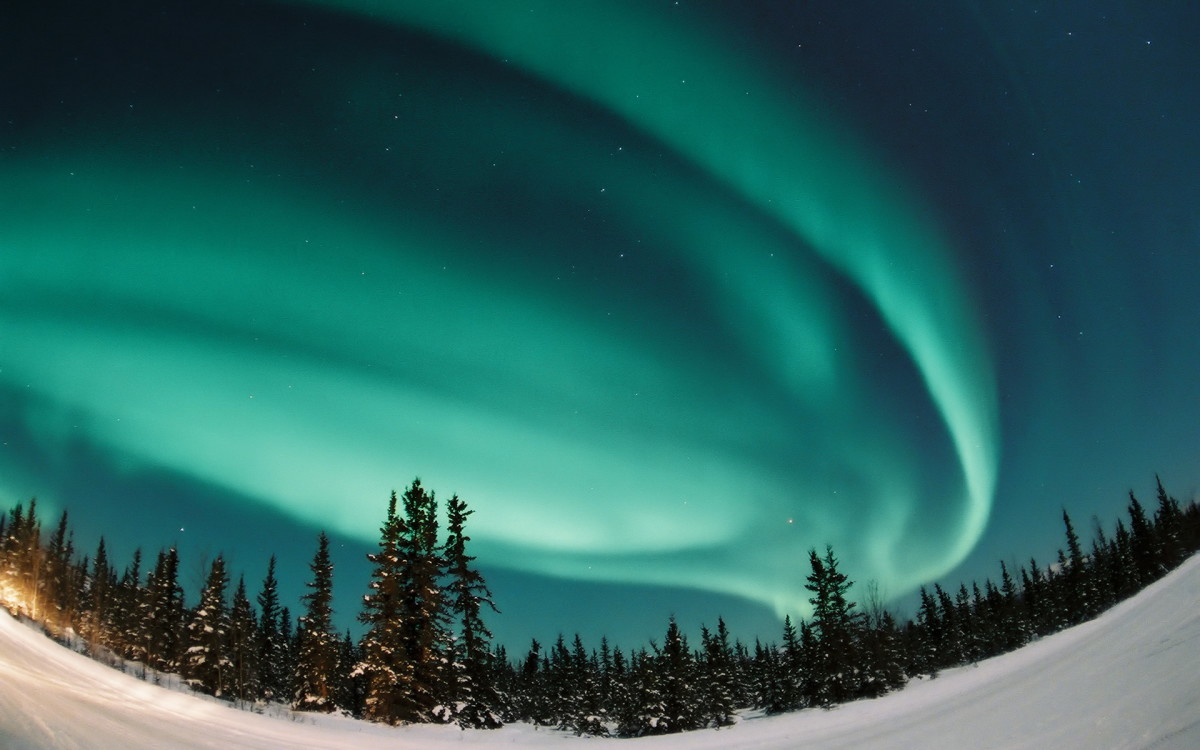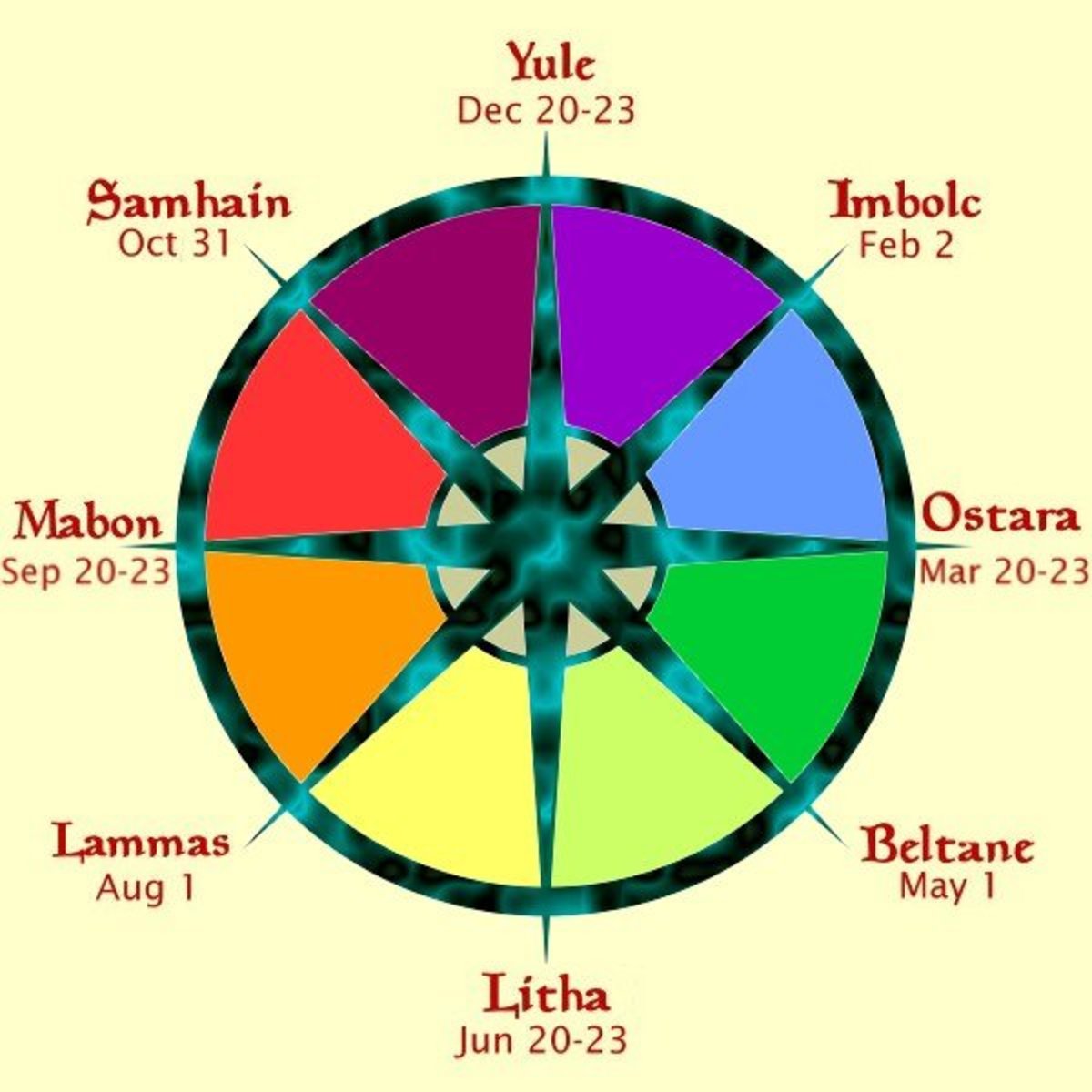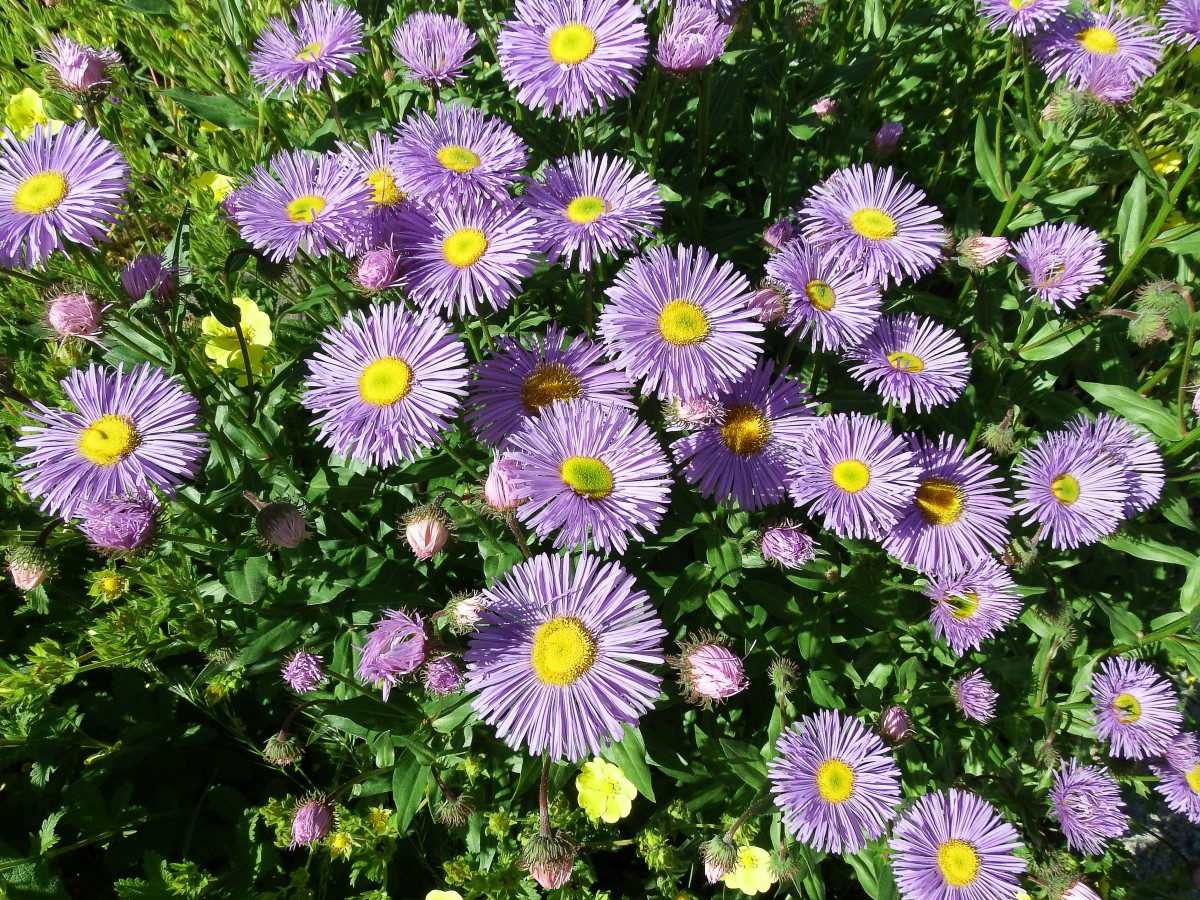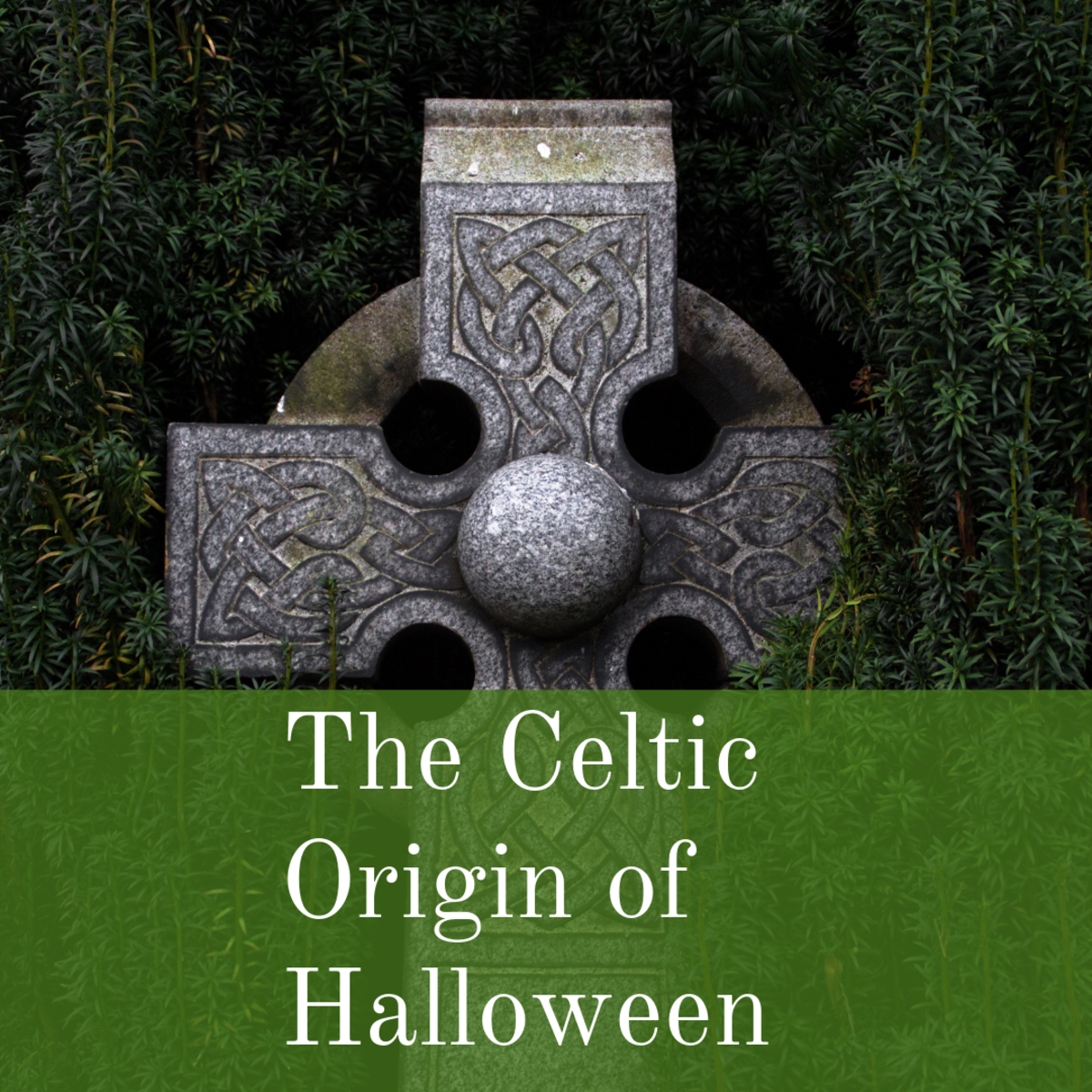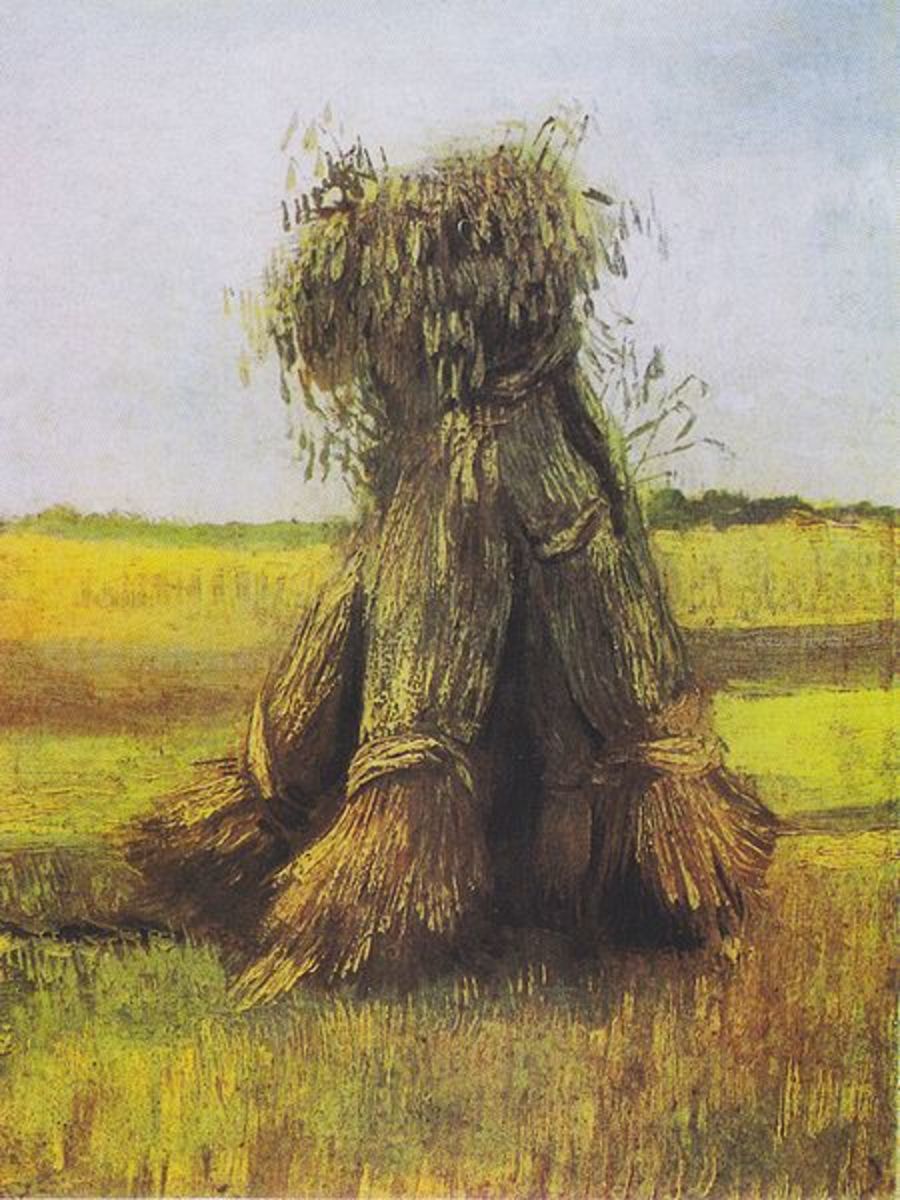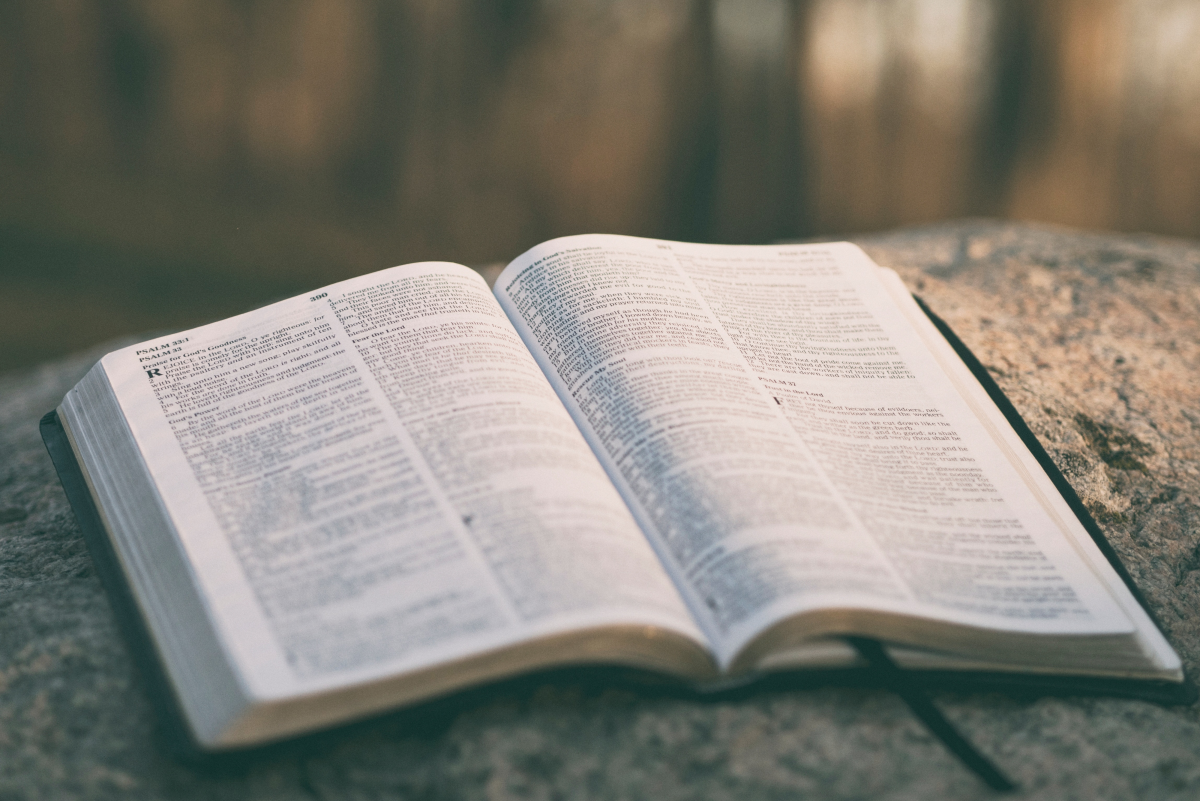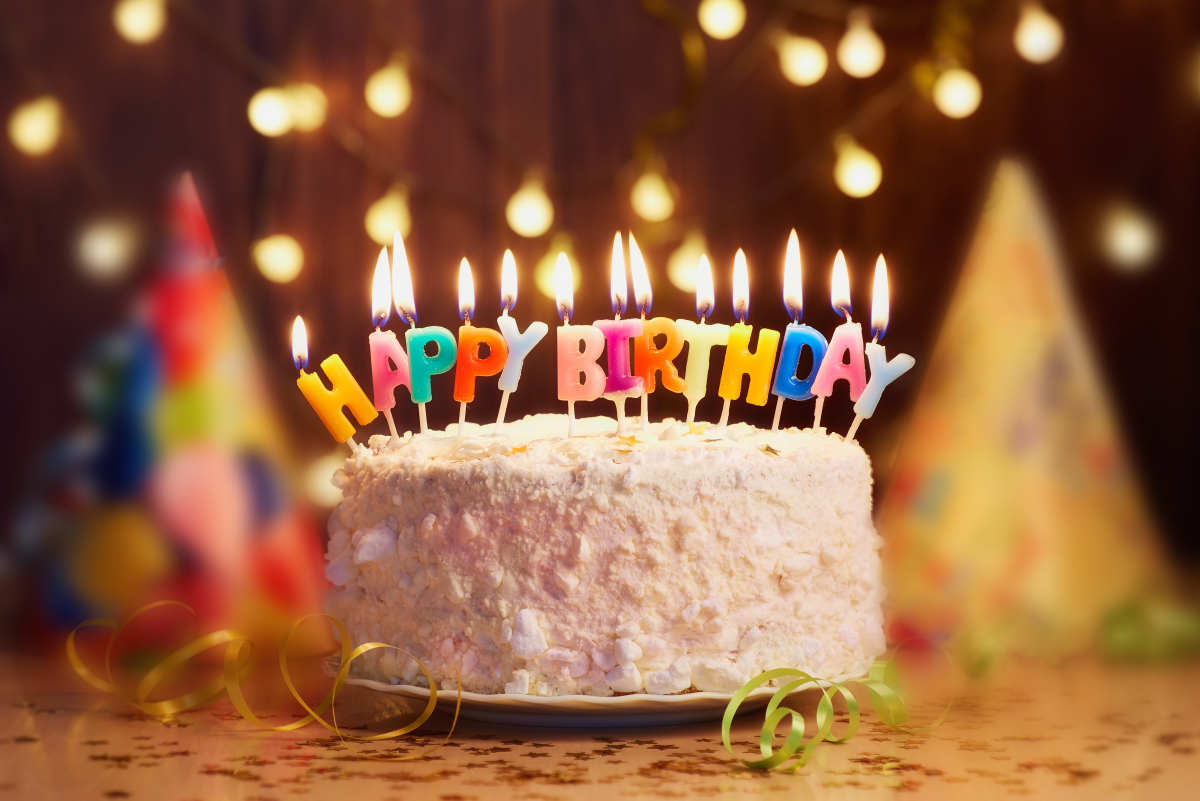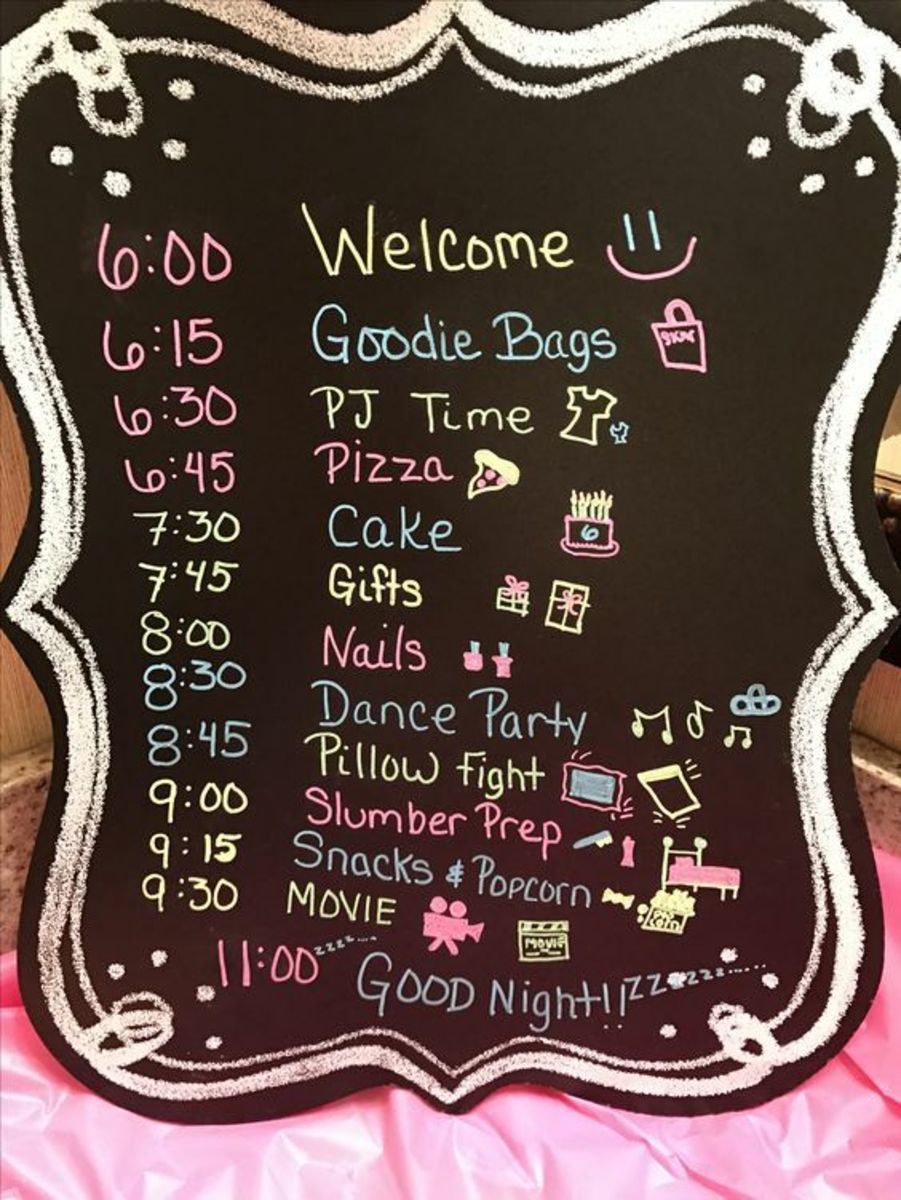Nordic Fall Traditions: A Season of Light, Legacy, and Lingering Warmth

Autumn in the Nordic Lands—Where Light Fades and Magic Deepens
In the northern reaches of Europe, autumn arrives like a whispered spell. The air grows crisp and woodsmoke lingers in the valleys. Birch leaves turn to gold, drifting like ancient runes across mossy forest floors. Lakes mirror the soft gray sky, and the hush of the season settles over fjords, tundras, and volcanic plains. This is the Nordic autumn—where nature slows, light fades, and tradition deepens.
The Nordic countries—Norway, Sweden, Denmark, Finland, Iceland, and Greenland—each carry their own rhythm of fall, shaped by geography, folklore, and ancestral memory. In Norway, autumn is dramatic and wild, with crimson mountains and roaring waterfalls. Sweden offers a gentler palette of apple harvests and candlelit windows. Denmark leans into hygge, wrapping the season in warmth and quiet joy. Finland, with its deep forests and lakes, embraces ruska—the fiery transformation of leaves. Iceland’s volcanic landscapes turn stark and mystical, while Greenland’s Arctic autumn brings silence, snow, and reverence.
These countries are often celebrated for their magical Christmas traditions—snow-dusted villages, candlelit processions, and folklore-rich festivities—but their autumn rituals are equally enchanting. Fall is not merely a season here—it’s a sacred transition. A time to gather, preserve, reflect, and prepare. Nordic autumn traditions invite us to honor the harvest, light the lanterns, and listen for the stories carried on the wind. They remind us that even as the light fades, something luminous stirs within.

Skördetid: The Swedish Harvest Season
In Sweden, Skördetid—literally “harvest time”—is more than a seasonal marker. It’s a cultural rhythm, a nostalgic return to the land, and a celebration of abundance earned through labor and patience. As summer fades and the air turns crisp, the countryside comes alive with golden fields, apple-laden trees, and the scent of earth ready to rest.
Historically, Skördetid was a sacred time. Before industrialization, most Swedes lived close to the land, and the harvest was a communal effort. Families and neighbors gathered to reap grain, gather root vegetables, and preserve fruits for the long winter ahead. It was a time of gratitude, storytelling, and preparation—a moment when survival and celebration intertwined.
Modern-Day Skördefestivaler
Today, Skördetid is honored through Skördefestivaler—harvest festivals held across Sweden, especially in regions like Öland, Dalarna, and Småland. These festivals blend old-world charm with contemporary flair:
-
Farmers’ markets overflowing with pumpkins, beets, and heirloom apples.
-
Artisan stalls selling handmade wool, pottery, and seasonal jams.
-
Folk music and dancing, echoing the rhythms of ancestral joy.
-
Cider tastings, especially of äppelmust—a warm, spiced apple cider pressed from local orchards.
In Öland, one of the most beloved Skördefestivaler transforms the island into a glowing autumnal village, with lantern-lit streets, scarecrow competitions, and open farmhouses offering homemade pies and storytelling by firelight.
Äppelmust and the Ritual of Preservation
One of the most cherished traditions during Skördetid is the making of äppelmust—Swedish apple cider. Families with backyard apple trees often gather their harvest and bring it to a local musteri (cider press). In return, they receive gallons of warm, golden cider to store or share.
In recent years, this ritual has taken on a communal, almost folkloric quality. Bags of surplus apples are hung on fences for passersby to take. Small-batch cider makers experiment with spices, herbs, and fermentation, turning äppelmust into a seasonal art form.
Höstmarknad: The Autumn Market
Alongside Skördefestivaler, Höstmarknader (autumn markets) are held in towns and villages throughout Sweden. Historically, these were the final gatherings before winter, where farmers traded butter, pelts, grains, and fish to stock up for the cold months.
Today, Höstmarknader are cozy, festive affairs:
-
Wool blankets and hand-knit mittens.
-
Candles, dried flowers, and rustic decor.
-
Roasted nuts, mulled wine, and cinnamon pastries.
-
Children’s crafts and storytelling corners.
Though no longer essential for survival, these markets preserve the spirit of community, craftsmanship, and seasonal gratitude.
Skördetid as Soul Ritual
Beyond the food and festivities, Skördetid carries emotional weight. It’s a time to reflect on what has grown—within and around us. A time to gather not just crops, but memories, lessons, and intentions. It’s the season of completion, of honoring effort, and of preparing for the inward journey of winter.
In the Swedish psyche, Skördetid is a quiet celebration of enoughness. It whispers: You’ve worked hard. You’ve grown. Now rest, preserve, and remember.

Kräftskiva: The Crayfish Party
As summer begins its slow descent into autumn, Swedes gather under lantern-lit skies to celebrate Kräftskiva—a late-summer tradition that’s part feast, part folklore, and part joyful farewell to the light. Held throughout August and into early September, Kräftskiva is a ritual of abundance, laughter, and communal delight, rooted in centuries of crayfish harvesting and seasonal transition.
Origins and Ancestral Echoes
The tradition of crayfish eating dates back to the 1500s, but Kräftskiva as a formal celebration emerged in the early 20th century, when crayfish fishing was legally restricted to late summer to protect dwindling populations. This created a sense of seasonal anticipation—an annual “crayfish premiere” that quickly became a cultural event.
Though modern crayfish are often imported, the spirit of the tradition remains deeply Swedish: a celebration of nature’s bounty, community, and the bittersweet beauty of endings.
Rituals and Revelry
Kräftskiva is not a quiet dinner—it’s a full sensory experience. Picture long outdoor tables draped in paper cloths, glowing moon-shaped lanterns, and guests wearing silly paper hats adorned with crayfish illustrations. The air is filled with laughter, clinking glasses, and the unmistakable sound of snapsvisor—traditional Swedish drinking songs sung with gusto between sips of aquavit.
The essentials of a Kräftskiva include:
-
Cold-boiled crayfish, seasoned with crown dill and served in brine.
-
Västerbotten cheese pie, mushroom tarts, and rustic bread.
-
Snaps and beer, often paired with singing and toasts.
-
Napkins—lots of them, because crayfish are eaten with your hands.
-
Lanterns and candles, creating a magical glow as dusk falls.
The crayfish themselves are symbolic: red, resilient, and seasonal. Eating them becomes a tactile ritual—cracking shells, sucking juices, and savoring the fleeting moment.
A Celebration of Light Before the Dark
Kräftskiva is more than a party—it’s a cultural threshold. It marks the end of Sweden’s luminous summer and the beginning of the inward turn toward autumn. The lanterns, the songs, the communal table—they’re all ways of holding onto light, warmth, and connection before the long Nordic winter sets in.
In this sense, Kräftskiva is a kind of emotional harvest. A gathering of joy, memory, and shared presence. It’s messy, musical, and deeply human.
Beyond Sweden: Nordic Echoes
Though Kräftskiva is uniquely Swedish, its spirit has spread to Finland, especially among Swedish-speaking communities, and echoes of it can be found in Norway and even parts of the Baltic region. Wherever it’s celebrated, the heart of the tradition remains the same: honoring the season, the sea, and the soul of togetherness.

Alla Helgons Dag: All Saints’ Day
As autumn deepens and the Nordic light begins to fade, Sweden enters a season of quiet reverence. On the first Saturday of November, Swedes observe Alla Helgons Dag—All Saints’ Day—a tradition rooted in medieval Christianity but now embraced as a secular ritual of remembrance, reflection, and ancestral connection.
Unlike Halloween, which arrived in Sweden only in the 1990s and is largely celebrated by younger generations with costumes and candy, Alla Helgons Dag carries a more solemn, poetic tone. It’s not about fear or fantasy—it’s about memory.
A Tradition of Light in the Darkness
The hallmark of Alla Helgons Dag is the lighting of candles at cemeteries. As dusk falls, families gather at gravesites to honor loved ones who have passed. The effect is breathtaking: thousands of flickering flames illuminating the cold November night, transforming churchyards into glowing sanctuaries of remembrance.
One of the most iconic places to witness this is Skogskyrkogården in Stockholm—a UNESCO World Heritage cemetery where candlelight dances across snow-dusted stones and silence becomes sacred.
Even those without graves to visit often light candles at home, creating small altars with photographs, flowers, and quiet prayers. It’s a time to pause, to feel, and to remember.
From Saints to Souls: A Shift in Meaning
Historically, All Saints’ Day was meant to honor Christian saints—known and unknown. But in Sweden, the meaning has evolved. Today, it’s less about religious figures and more about personal remembrance. People honor grandparents, siblings, friends, and even pets. The day has become a cultural ritual of emotional connection, regardless of religious belief.
Sweden, one of the most secular countries in the world, embraces Alla Helgons Dag not through church attendance, but through tradition and tenderness. It’s a national holiday, and many businesses close to allow space for reflection.
A Weekend of Duality: Allahelgonashelgen
The weekend surrounding Alla Helgons Dag is called Allahelgonashelgen, and it often includes both Halloween festivities and solemn remembrance. This duality—playful costumes on Friday, candlelit graves on Saturday—reflects Sweden’s ability to hold light and shadow in balance.
Some families even blend the two, allowing children to dress up and trick-or-treat (bus eller godis) while adults prepare for the quiet rituals of Saturday evening.
Emotional and Cultural Significance
Alla Helgons Dag is more than a calendar date—it’s a cultural mirror. It reflects Sweden’s deep respect for nature, silence, and emotional authenticity. It’s a reminder that grief is not something to hide, but something to honor. That memory is a form of love. That even in the darkest season, light can be chosen.
For many, it’s the most meaningful holiday of the year—not loud, not commercial, but quietly transformative.
Hygge and Kos: The Art of Cozy
As the Nordic light fades and the winds begin to whisper through golden trees, the people of Denmark and Norway turn inward—not with dread, but with delight. Autumn here is not just endured; it’s embraced. Through the gentle rituals of hygge and kos, the season becomes a canvas for comfort, connection, and quiet joy.
What Is Hygge?
Hygge (pronounced “hoo-gah”) is a Danish word that loosely translates to coziness, but it’s far more than that. It’s a philosophy of presence, simplicity, and emotional warmth. It’s about creating moments that feel safe, soft, and soul-nourishing—whether alone or with others.
Originating from a Norwegian word meaning “well-being,” hygge has become a cultural cornerstone in Denmark, often credited for the country’s high happiness rankings. It’s not about luxury—it’s about intentional comfort.
What Is Kos?
Kos (pronounced “koosh”) is Norway’s answer to hygge. It carries similar meanings—coziness, warmth, and togetherness—but with a slightly more playful, social tone. Kos is what you feel when you’re wrapped in a blanket, sipping hot cocoa, watching the snow fall outside. It’s also what you feel laughing with friends around a fire, sharing stories as the night deepens.
Kos is less about aesthetic perfection and more about emotional connection. It’s the feeling of being held—by a moment, a memory, or a person.
Autumn Rituals of Hygge and Kos
As the season shifts, so do the rituals. Here’s how hygge and kos come alive in Nordic autumn:
Candlelight Everywhere
Candles are essential. Their flickering glow softens the edges of long nights and creates intimacy in every room. In Denmark, it’s common to light multiple candles—even during breakfast.
Wool and Texture
Soft blankets, chunky knits, and natural textures fill homes. Wool socks, sheepskin throws, and linen cushions turn spaces into tactile sanctuaries.
Comfort Food
Autumn means slow-cooked stews, spiced apple cakes, and warm drinks. In Norway, rømmegrøt (sour cream porridge) and kjøttkaker (meatballs) are classic kos dishes. In Denmark, æblekage (apple dessert) and kanelsnegle (cinnamon rolls) bring hygge to the table.
Slow Living
Books, journaling, and quiet hobbies are embraced. Hygge encourages unplugging, savoring, and being fully present. Kos often includes board games, storytelling, and shared laughter.
Nature Walks
Even as the air chills, Nordic people continue to walk in nature. Forests, fjords, and coastlines become places of reflection. The crunch of leaves, the scent of pine, the hush of fog—all part of the seasonal embrace.
Emotional Wisdom Behind the Coziness
Hygge and kos aren’t just about ambiance—they’re emotional strategies. In regions where winters are long and light is scarce; these traditions offer psychological resilience. They teach us to find beauty in stillness, joy in simplicity, and connection in quiet moments.
They remind us that comfort isn’t a luxury—it’s a necessity. That slowing down is not laziness—it’s wisdom.
Final Reflection: Cozy as a Way of Being
In the Nordic lands, autumn is not rushed. It’s welcomed. Through hygge and kos, the season becomes a sanctuary—a time to gather, to soften, to listen. It’s a gentle rebellion against the fast-paced world. A reminder that the soul, like the earth, needs time to rest.

Finland: Ruska and the Ritual of Color
In Finland, autumn is not merely a season—it’s a spectacle. As September unfolds, the forests ignite in a symphony of crimson, amber, and gold. This breathtaking transformation is known as ruska, a word derived from the Sámi term ruškat, meaning “to turn brown,” though its meaning in Finnish culture is far more vibrant and soul-stirring.
Ruska is not just about trees—it’s about rhythm. It’s the moment when the land exhales, when the light softens, and when the people turn inward with reverence for the changing year.
The Science and Soul of Ruska
Ruska occurs as deciduous trees prepare for winter, ceasing photosynthesis and revealing pigments hidden beneath the chlorophyll. The result is a tapestry of red anthocyanins, orange carotenoids, and yellow xanthophylls—a palette so vivid it feels mythic.
There are two types of ruska:
-
Puuruska: The changing colors of trees.
-
Maaruska: The transformation of ground plants, especially blueberry bushes, which turn a fiery red and blanket the forest floor like a living quilt.
Together, they create a layered landscape of color—above and below—making even the simplest walk feel like a pilgrimage.
Lapland: The Sacred North
While ruska can be seen throughout Finland, it reaches its most dramatic crescendo in Lapland, the country’s northernmost region. Here, the season begins earlier—often in the first weeks of September—and draws thousands of Finns and travelers on ruskamatkailu, or “autumn color journeys.”
Lapland’s ruska rituals include:
-
Hiking in national parks like Oulanka, Urho Kekkonen, and Pallas-Yllästunturi, where trails wind through glowing fells and mirror-like lakes.
-
Berry and mushroom foraging, a meditative practice that connects people to the land’s final offerings.
-
Northern lights watching, as the darkening skies begin to shimmer with auroras—reflected in the still waters below.
-
Sauna rituals, often paired with lake plunges and quiet evenings wrapped in wool, watching the forest burn with color.
Ruska in Lapland is not just visual—it’s visceral. It invites solitude, reflection, and a kind of emotional clarity that only comes when the world slows down.
Cultural Reverence and Artistic Legacy
Ruska is deeply embedded in Finnish art, music, and literature. Poets write odes to its fleeting beauty. Painters capture its glow in watercolors and oils. Musicians compose pieces that echo the hush of falling leaves and the melancholy of endings.
It’s also a time when many Finns retreat to their mökki—summer cottages nestled in the woods—to embrace silence, sip warm drinks, and watch the season unfold. Ruska becomes a ritual of emotional preservation, a way to gather light before the long winter.
Final Reflection: The Beauty of Letting Go
Ruska is Finland’s love letter to impermanence. It reminds us that change can be beautiful, that endings can be luminous, and that nature, in its wisdom, always knows when to release.
To walk through a ruska forest is to walk through a living metaphor: of transformation, of surrender, of grace. It’s not just a season—it’s a soul state.

Iceland: Réttir, Firelight, and the Return of the Dark
In Iceland, autumn is not a gentle descent—it’s a dramatic shift. The land, shaped by fire and ice, begins to darken. Moss-covered lava fields turn rust-red, the wind sharpens, and the first snow whispers across the highlands. But before winter fully arrives, Icelanders gather for one of their oldest and most beloved traditions: Réttir.
Réttir: The Great Sheep Round-Up
Réttir is more than a harvest—it’s a ritual of reunion. Each September, thousands of sheep that have spent the summer roaming freely in the highlands are rounded up and returned to their farms. This communal effort, known as göngur, involves farmers, families, and volunteers traveling on foot, horseback, or ATV across vast, rugged terrain.
The sheep are herded down to the lowlands, often crossing roads and rivers, guided by fjallkóngur—the honorary “Mountain King” who leads the roundup. Once gathered, the animals are sorted into pens based on their farm of origin. It’s a moment of precision, tradition, and pride.
But Réttir isn’t just about livestock—it’s about legacy. It connects modern Icelanders to their agrarian ancestors, to the rhythm of the land, and to each other.
Réttarball: Music, Merriment, and Memory
After the work comes the celebration. Réttarball, the post-roundup party, is a cherished tradition where communities gather to dance, sing, and share stories. Folk music fills the air, lamb stew simmers over fires, and the warmth of togetherness pushes back the encroaching cold.
These gatherings are often held in barns or community halls, lit by lanterns and laughter. It’s a time to honor the season’s labor, reconnect with neighbors, and welcome the inward turn of the year.
Firelight and the Return of the Dark
As Réttir fades into memory, Iceland begins its descent into winter. The days grow shorter, and the return of the dark becomes a spiritual shift. Icelanders respond not with resistance, but with ritual:
-
Candles and lanterns fill homes, creating pockets of light and warmth.
-
Northern Lights begin to shimmer across the sky, especially in places like Grótta lighthouse, where locals gather in silence to watch the auroras dance.
-
Cultural festivals like the Reykjavík International Film Festival and Iceland Airwaves bring music, art, and storytelling into the long nights.
Autumn in Iceland is a season of contrast—wild landscapes and intimate gatherings, ancient labor and modern creativity, fading light and rising fire.
Final Reflection: A Season of Elemental Belonging
Réttir is not just a tradition—it’s a metaphor. It reminds Icelanders that even in the vastness of nature, there is belonging. That even as the light fades, there is warmth to be found—in firelight, in music, in memory.
Autumn in Iceland is a descent, yes—but it’s also a gathering. A time to return to the land, to the hearth, and to the stories that keep the soul lit.

Greenlandic Autumn Traditions: Nature, Nourishment, and Northern Light
Regulated Hunting Season
As the days shorten and the air crisps, Greenlanders head into the wilderness for reindeer and musk ox hunting. This isn’t just sport—it’s a vital part of life. In an Arctic climate where grazing is limited, regulated hunting helps maintain ecological balance and ensures food for the long winter ahead.
Berry Foraging and Preservation
Autumn is also the time for berry gathering—especially blueberries and blackberries, which grow low to the ground in Greenland’s tundra. Families collect them to make jam, marmalade, or enjoy them fresh with milk—a simple but beloved seasonal dish.
Fishing and Freezer Filling
After summer’s trout and salmon catches, autumn becomes the final push to fill the freezer. Fishing resumes in earnest, and many households prepare and preserve food for the long polar night.
Northern Lights and Crisp Air
With the return of darkness, aurora borealis begins to shimmer across Greenland’s skies. The low humidity and minimal light pollution create crystal-clear views of the Milky Way and northern lights, especially in places like Nuuk and Ilulissat.
A Season of Stillness
While Greenland doesn’t have a formal autumn festival, the season is marked by a deep connection to nature and a quiet reverence for the changing light. The landscape turns golden and rust-colored, rime crystals form on morning bushes, and the air carries a special crispness.
Autumn in Greenland is a season of preparation, preservation, and awe. It’s less about celebration and more about communion—with the land, the ancestors, and the sky.
Final Reflection: Autumn as Ancestral Memory
Autumn in the Nordic lands is more than a season—it’s a threshold. A liminal space between light and dark, life and dormancy, presence and memory. It’s a time when the veil thins—not just between worlds, but between generations. The rustling leaves, the scent of woodsmoke, the hush of twilight—they stir something ancient within us. Something remembered.
Across the Nordic countries, fall has long been a time of ancestral connection. From Iceland’s candlelit graveyards to Sweden’s Alla Helgons Dag, from Finland’s ruska walks to Norway’s kos-filled evenings, the season invites us to slow down and listen. Not just to the wind, but to the voices carried within it.
In Norse cosmology, the changing seasons were seen as reflections of cosmic order—autumn symbolized gratitude, transition, and preparation for the descent into winter. It was a time to honor the harvest, yes—but also to honor the dead. To gather around firelight and tell stories that kept memory alive. To feast not just for nourishment, but for continuity.
Even Viking societies, often remembered for their warrior culture, held autumn as sacred. It was the season of Freyfaxi, a harvest festival honoring Freyr, the god of fertility and prosperity. After the final crops were stored and the animals sorted for winter, communities gathered in longhouses to share mead, music, and myth. These gatherings weren’t just celebrations—they were acts of emotional and spiritual preparation. A way to fortify the soul before the long dark.
Today, these echoes remain. In the flicker of a candle. In the ritual of baking. In the quiet walk through a forest ablaze with ruska. Autumn becomes a mirror—not just of nature’s transformation, but of our own. It asks: What have you gathered this year? What will you carry into the dark? What must be released?
It’s a season of emotional harvest. Of gathering wisdom, memory, and meaning. Of honoring the ancestors—not just through ceremony, but through the way we live, the stories we tell, and the rituals we keep.
Because in the Nordic autumn, memory is not passive—it’s active. It’s a flame we tend. A thread we weave. A song we sing into the silence.
Sources
Autumn Activities in Sweden – Little Bear Abroad
How to Prepare for Autumn in Sweden – Living in Sweden
Six Ways to Embrace Hygge This Autumn – Skandibaking
Olof Hermelin’s painting “Skördetid” – Alamy
moz Sweden: Swedish Crayfish Party Traditions
Swedish Food: Crayfish Parties Explained
Wikipedia: Kräftskiva Overview
Your Living City: Alla Helgons Dag – All Saints’ Day
Home of the Swedes: All Saints Day Traditions
YouTube: Swedish Traditions During Halloween and All Saints Day
VisitDenmark: Embrace Hygge in Autumn
Organise My House: Autumn Hygge Ideas
Montana Happy: 31 Fall Hygge Traditions
Visit Iceland: Sheep and Horse Roundups
Hey Iceland: Réttir – A Timeless Tradition
Go Car Rental Iceland: Autumn in Iceland Guide
Foreigners in Finland: Ruska and Its Colors Galore
Experience Pyhä: Autumn Foliage in Finnish Lapland
European Cities with Kids: Ruska Season in Finland
The Role of Seasons in Norse Cosmological Understanding
The Golden Season: Viking Fall Traditions
Greenland Travel: Autumn in Greenland
Greenland Travel: Autumn Exploration
This content is accurate and true to the best of the author’s knowledge and is not meant to substitute for formal and individualized advice from a qualified professional.
© 2025 Erin K Stewart

